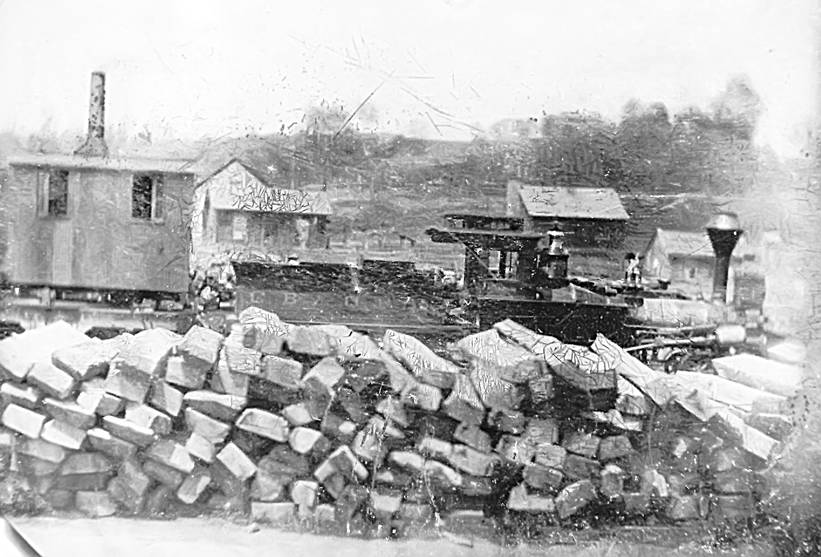Randy
Thanks for this. It certainly looks like “275” on the dome just in
front of the cab.
275 wasn’t listed in Corbin’s Steam Locos book so presumably it
left the roster by 1898, but I’ve found a 275 in another roster compiled
by John Wilde. Digging into the roster, it was apparently built in 1882 by “PGH”
and is listed as an A-2. Other 4-4-0’s by the same builder in the group are
267, 268 and 277. “PGH” is also shown as the builder of D-3 #3000,
which was Pittsburgh Loco Works.
Would hand hewn ties have been used for quarry or other temporary spurs?
Rupert Gamlen
Auckland NZ
From:
CBQ@yahoogroups.com [mailto:CBQ@yahoogroups.com]
Sent: 11 September 2016 05:32
To: CBQ@yahoogroups.com
Subject: [CBQ] FW: Antique 1 6
Plate Tintype Photo CB Q Railroad RR Train Engine Locomotive [1 Attachment]
[Attachment(s) from Randy Danniel
included below]
Charlie & Rupert,
Attached is a copy of the tintype in question. From the RGB image I
flipped the image, extracted the Green Channel, converted to a Grayscale image;
applied Curves, Noiseware, Unsharpen and saved the image for detail scrutiny,
nothing more. No retouching, done in 10 minutes.
In my opinion it appears to be #275, a 4-2-0, probably later in the
1800's than previously thought based on the hand hewn ties and steam crane to
the left similar to one used on the Princeton construction project around 1899.
Tintypes were used up until the 20th Century. A steam crane was used on the
Bureau River Bridge project in 1899 very similar to this cab design. So the
date range needs to be considered in dating this image.
I'll leave it to everyone to sort out the details.
Mile Post 206 Publishing, Inc.
Mile Post 206 Publishing, Inc
West Burlington, Iowa 52655-0543

__._,_.___
Posted by: "Rupert & Maureen" <gamlenz@ihug.co.nz>
![]()
__,_._,___
|